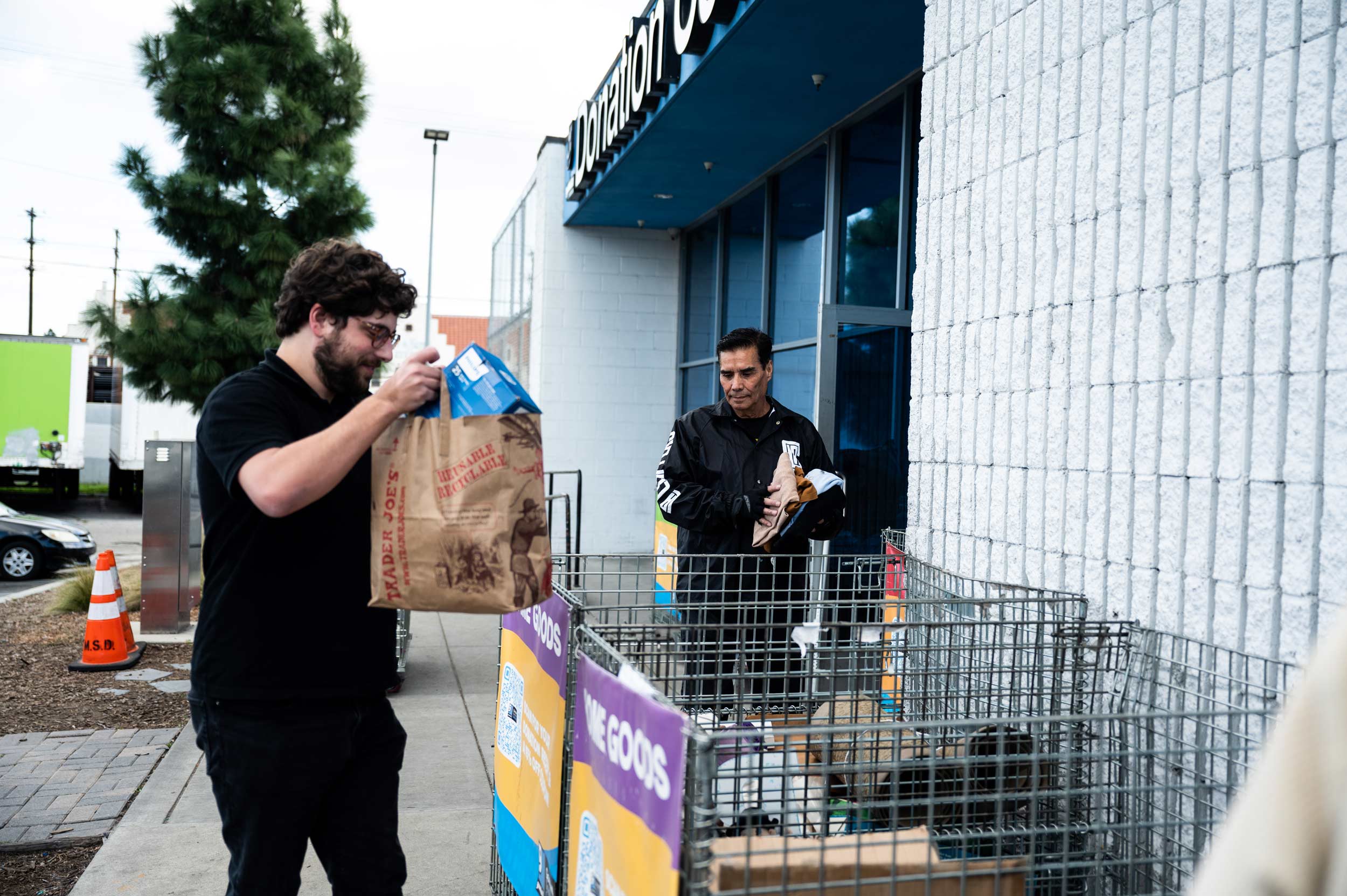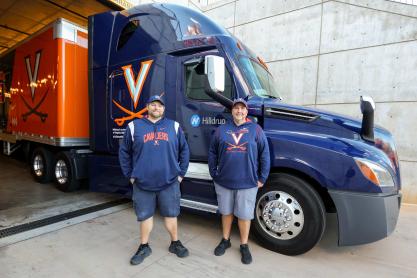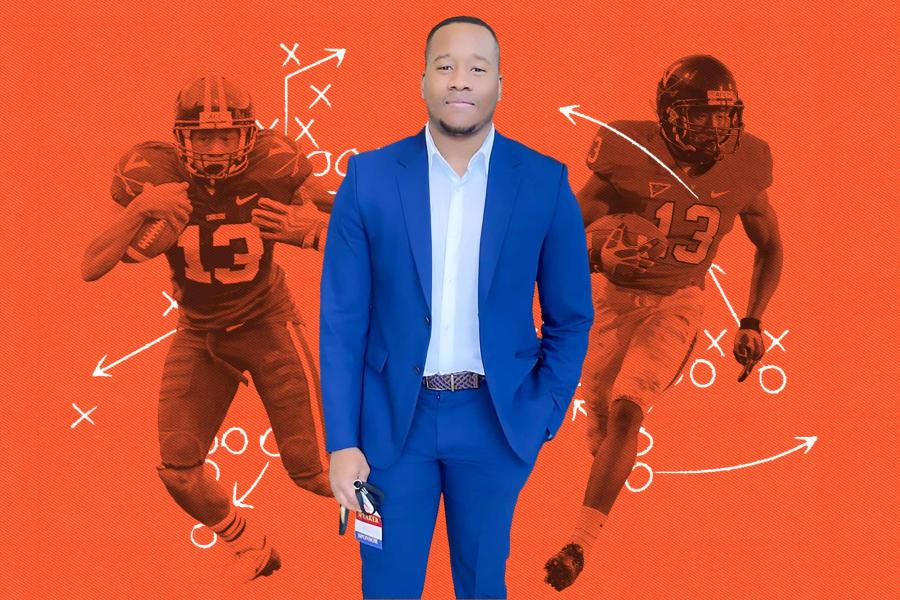After years in corporate retail and board leadership, University of Virginia Darden School of Business graduate Matt Kaness leaped at the chance to lead GoodwillFinds eCommerce, a new social enterprise building an online marketplace for Goodwill organizations nationwide.
“The mission of Goodwill is to enhance people’s lives through the power of work, and this really spoke to me personally,” said Kaness, a former executive at Walmart eCommerce and Urban Outfitters Inc., and former CEO of ModCloth.
“I’d never worked in a nonprofit. I’d never worked in resale. I’d never run a marketplace,” he said. “But I’ve always trusted my gut and learned at Darden how to lead in dynamic and ambiguous situations.”
Since its founding in 1902, Goodwill has been a leader in the “circular economy,” selling secondhand clothing and bric-a-brac to millions of customers. The ultimate thrifting brand has recently faced stiff competition from other resale marketplaces.
With Kaness’ help, Goodwill now competes directly with rivals through a direct-to-consumer digital platform. Launched in October 2022, GoodwillFinds is a significant evolution for the nonprofit network, entering a market that was worth $43 billion in 2023 and is predicted to reach $50 billion in 2024.
GoodwillFinds offers a modern, fixed-price marketplace that combines donations from participating outlets nationwide into one cohesive shopping experience, allowing consumers to thrift Goodwill locations from across the country.
What sets GoodwillFinds apart is its nonprofit status and commitment to local impact.

Darden School of Business graduate Matt Kaness served as an executive at Walmart eCommerce and Urban Outfitters Inc., and as CEO of ModCloth, prior to joining Goodwill. (Contributed photo)
“We’re trying to create a new model for circularity in retail,” Kaness said. “When someone donates an item to their local Goodwill, that item is listed online in our marketplace, and the proceeds from that sale go directly back into the community where the item was donated.”
While GoodwillFinds takes fees to cover expenses, its nonprofit structure ensures net proceeds benefit local communities directly.
Goodwill employs more than 130,000 people and primarily focuses on employment programs that teach new skills.
“Goodwills across the country provide second chances to underrepresented populations, such as those that are disabled, previously incarcerated, previously homeless, those recovering from addiction, and those who grew up in poverty,” Kaness said.
Goodwill consists of 154 independent organizations, each with its own local governance and control over donated items in their region. In two years, GoodwillFinds has expanded from four participating Goodwill organizations to 16, with plans to reach 40 by the end of 2025.
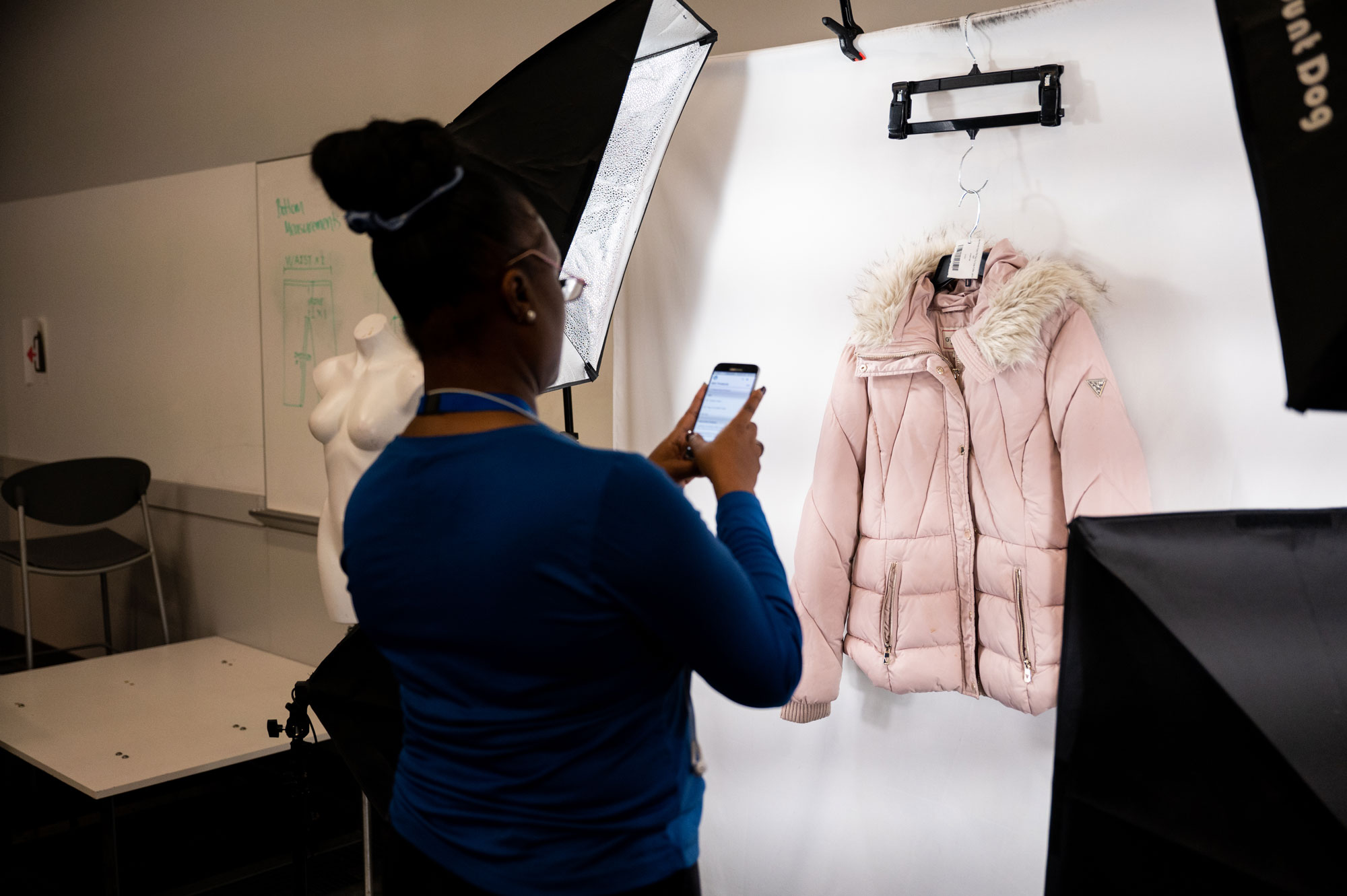
Goodwill competes directly with rivals in the thrift market with a digital platform. launched in October 2022. (Contributed photo)
The platform has attracted more than a quarter of a million shoppers and shipped more than a million items, including a rare, unopened pack of Pokémon cards that sold for $24,000.
The timing for GoodwillFinds couldn’t be better: the U.S. secondhand market was worth $43 billion in 2023, according to a recent report from ThredUp. Last year, apparel resale grew seven times the rate of the broader retail industry.
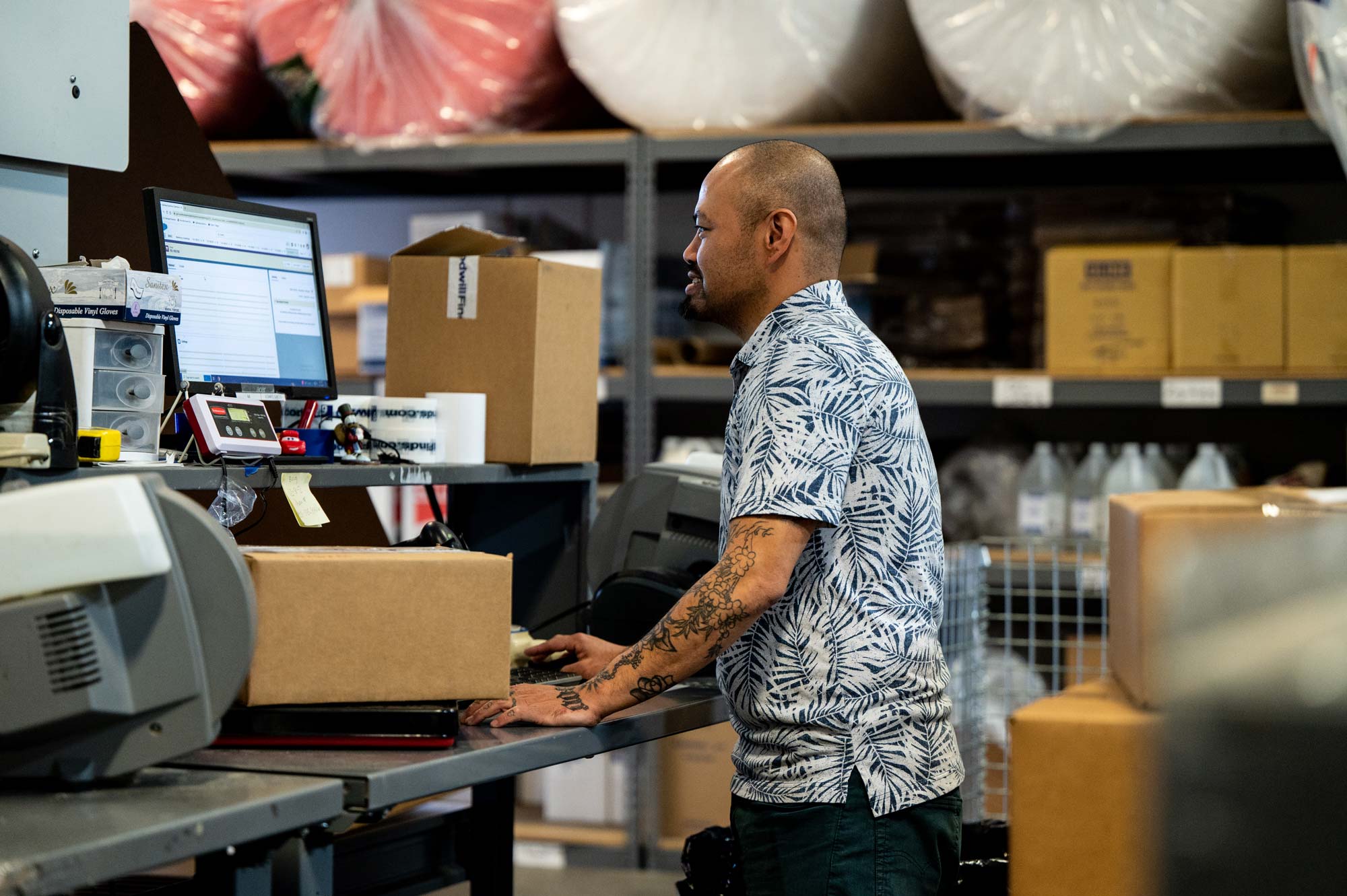
Goodwill employs more than 130,000 people and primarily focuses on employment programs that teach new skills. Goods from local stores are photographed, cataloged and priced, with proceeds returning to the local outlets. (Contributed photo)
Goodwill processes 6 billion pounds of donations a year, Kaness said. Historically, staff sorted through donated goods by hand. AI is now helping determine accurate pricing by considering multiple factors, from make, model, style, color, size and original price to its condition and current market price.
“There are a lot of variables, and it’s really hard for a human to be able to compute that on their own and meet the labor productivity goals,” Kaness said. “Applying automation to this problem allows us and others across the industry to take a picture of an item for resale and … like an airline, dynamically price that item as it ages.”
